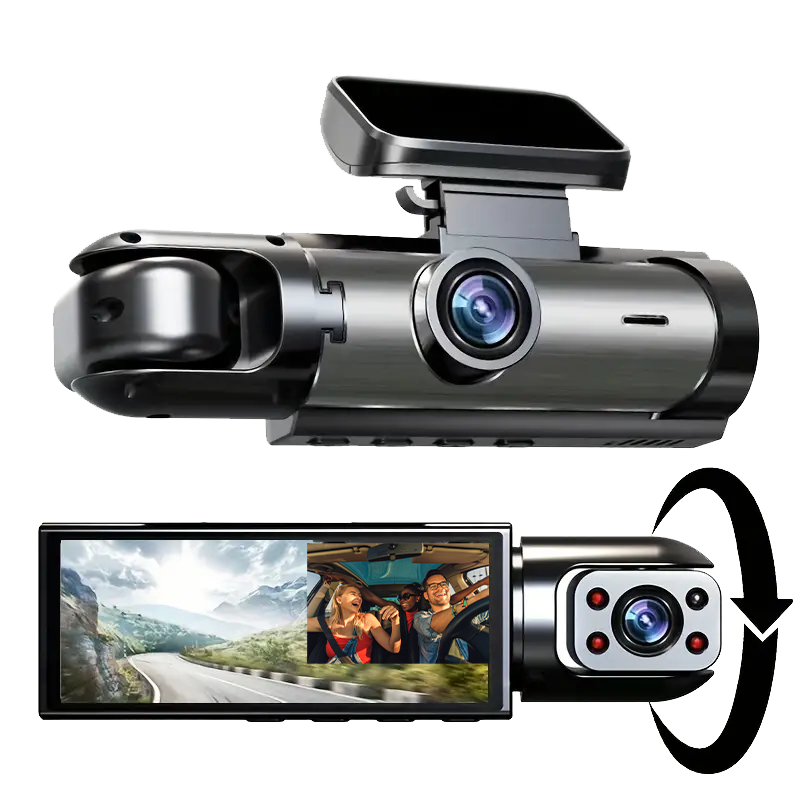
Nissan Maxima Third Generation 1989–1994

| Third generation (J30) | |
|---|---|
 |
|
| Overview | |
| Production | August 1988 – March 1994 |
| Assembly | Japan: Oppama Plant, Yokosuka, Kanagawa |
| Body and chassis | |
| Body style | 4-door sedan |
| Layout | Front-engine, front-wheel-drive |
| Powertrain | |
| Engine | 3.0 L VG30E V6 3.0 L VE30DE V6 |
| Transmission | 5-speed manual (88–91 RS5F50A) (SE 91–94 RS5F50V) 4-speed automatic (88–94 RE4F02A) (SE 91–94 RE4F04V) |
| Dimensions | |
| Wheelbase | 104.3 in (2,649 mm) |
| Length | 187.6 in (4,765 mm) |
| Width | 69.3 in (1,760 mm) |
| Height | 1988–91: 55.1 in (1,400 mm) 1991–94: 53 in (1,346 mm) |
The Maxima was redesigned in 1988 for the 1989 model year as the J30 series (not to be confused with the unrelated Infiniti J30) model.
Bigger dimensions made it the second Japanese sedan sold in North America to qualify as a "mid-size" (after the Mazda 929). Nissan marketed this generation Maxima in North America a four-door sports car and even gave it a "4DSC" window decal showing this, and this generation was briefly sold in Japan, replacing the Nissan Leopard sedan at Nissan Bluebird Store locations. A refresh occurred in August 1991 for the 1992 model year (from July 1991 production), adding a driver's side SRS airbag and the facelifted version was no longer offered in Japan.
1992–1994 Nissan Maxima (US)
It now featured the 160 hp (119 kW), 3.0-liter VG30E V6, with the 190 hp (142 kW), VE30DE unit standard on the SE model starting in 1991. In the United States, the VG30E engine, which featured a variable intake manifold on both automatic and manual transmission models, was used on all 1989 to 1994 GXE models and 1989 to 1991 SE models. This generation Maxima was fitted with an independent rear suspension, and continued to offer the road scanning, electronic Super Sonic Suspension (sonar). An interesting feature was the digital touch entry system on the GXE (in conjunction with the new Luxury Package), which allowed the windows to be lowered and the moon roof opened from outside the vehicle on a keypad integrated on the front door handle without the key in the ignition.
The VE30DE engine was exclusively offered on the 1992–1994 Maxima SE. It was a 3.0-liter, 24 valve, DOHC motor. Its iron block was topped with aluminum cylinder heads and featured a dual length intake manifold (5-speed model only), variable intake valve timing, coil on plug ignition, plus a limited-slip differential. The VE30DE was rated at 190 hp (142 kW) at 5600 rpm and 190 lb·ft (258 N·m) at 4000 rpm, and had a 6500 rpm redline. The SE models can be further distinguished from the GXE by their white-faced gauges, twisted-spoke turbine wheels (.5 inch wider than GXE wheels and similar in design to wheels offered on the Z31 300ZX), body-colored grille, twin-tip mufflers, factory-tinted tail lights, black trim replacing chrome, firmer sport suspension, and optional 5-speed manual transmission. The automatic transmission on all GXEs (RE4F02A) was an innovative compact unit from Jatco, which featured "sport" and "comfort" modes that shifted at different points. The 1992 to 1994 SE received an optional automatic transmission (RE4F04V) that had stronger internals, but kept the "sport" and "comfort" modes. The SE also had a rear spoiler and black side mirrors, whereas the GXE has body-color side mirrors.

1990 Nissan Maxima Ti (Australia)

1993–1995 Nissan Maxima Executive (Australia)
During this year, the Maxima was first introduced to the European market, replacing the Laurel. For European markets, the model range was: 3.0, 3.0 S, and 3.0 SE.
Nissan Australia began importing the J30 series for a May 1990 release to replace the locally assembled Nissan Skyline (R31) sedan and station wagon. Powertrain comprised the 3.0-liter VG30E V6 rated at 122 kW (164 hp) and a four-speed automatic. Nissan made the Maxima available in two equipment grades, the M and Ti. The M featured air conditioning, alloy wheels, central locking, cruise control, power steering, and power windows. The Ti added a rear spoiler, climate control air conditioning, anti-lock brakes, electric seats and a PIN touch-pad locking system. The M-based LE of late 1991 featured a CD player and sunroof. There was also a leather/sunroof pack optional on Ti. Nissan Australia released a facelift in January 1993 that included a new grille insert, revised tail lamps, wheels and cabin trim. A driver airbag was now fitted to the Ti, and made optional on the new Executive trim that replaced M. The J30 in Australia was replaced in February 1995 by a new Maxima based on the Nissan Cefiro (A32).
The three variants assembled locally in New Zealand had automatic transmissions and the VG30E Engine only. Versions sold in Japan and Europe had a manual transmission option as an alternative to the automatic transmission that was standard in North America and Australia/New Zealand. The Maxima SE was on Car and Driver magazine's Ten Best list for 1990.
Another Bluebird Maxima continued on as a Nissan Bluebird (U12) and solely as a station wagon with the VG20ET engine during this period until the introduction of the U13 Bluebird , and the Avenir replaced the Bluebird wagon altogether.

